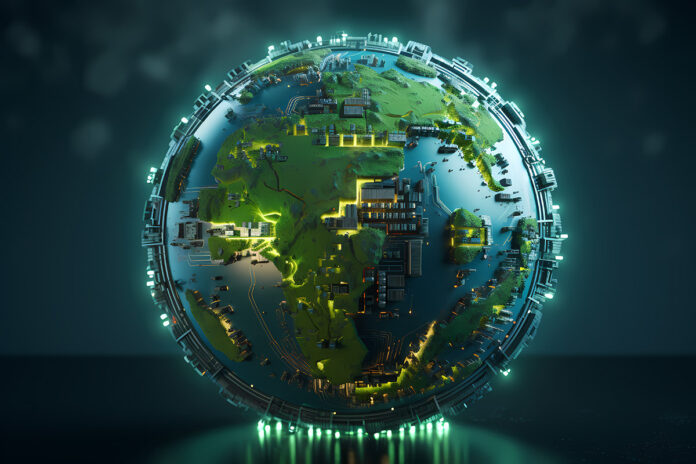It’s the turn of the oceans. In 2022, a European Union project began that consists of manufacturing virtual replicas of the Earth to better understand the planet and be able to predict natural disasters and anticipate climate change. It is a digital twin made from supercomputing and artificial intelligence that has now just presented its first pilot underwater world.
It is expected that the planetary scale will be ready in one year and the work will be complete in 2030. To achieve this, the project has an initial support of 10 million euros from community funds and another 15 million each year.
This first digital model of the oceans is a tool that offers science and data with the aim of helping scientists, academics, fishermen or politicians. “We do it to protect and restore the health of our oceans,” said Iliana Ivanova, European Commissioner for Innovation and Research, these days during the presentation of the digital replica of the European Union’s ocean. “Only if we understand them well can we protect them.”
Digital models
It’s about learning and evolving. This initiative seeks to “develop high-precision models that serve to monitor and simulate both natural and human activity and, therefore, allow us to develop and test scenarios on our planet that serve to opt for solutions aimed at more sustainable development.” This is explained by official sources from the Spanish Government, involved in said European goal.
For example, the applications of this system could help to improve coastal conditions to encourage the proliferation of mollusks and also to better care for and maintain the tourist coasts of the Balearic Islands.
Based on the data offered by this digital twin, the Belgian oceanographer Simon Von Gennip has created an application to combat marine plastics, which in the sea occupy an area equivalent to Belgium and projections predict that this blanket of garbage will double its extent by 2030. It is necessary to predict and take measures, especially taking into account that 40% of the world’s population lives in coastal areas and their degradation will imply a worsening of their living conditions.
Restore our oceans
This detailed photograph of the depths of the sea will allow us to interactively simulate heat waves, the dispersal of turtles, the behavior of marine reptiles and the climate impact on this entire ecosystem.
“We know that we have to act urgently to restore our oceans” and all this information will help take the necessary path, stressed Pascal Lamy, the leader of the EU Mission to Restore Our Oceans and Waters. Technology at the service of the planet.














Add Comment